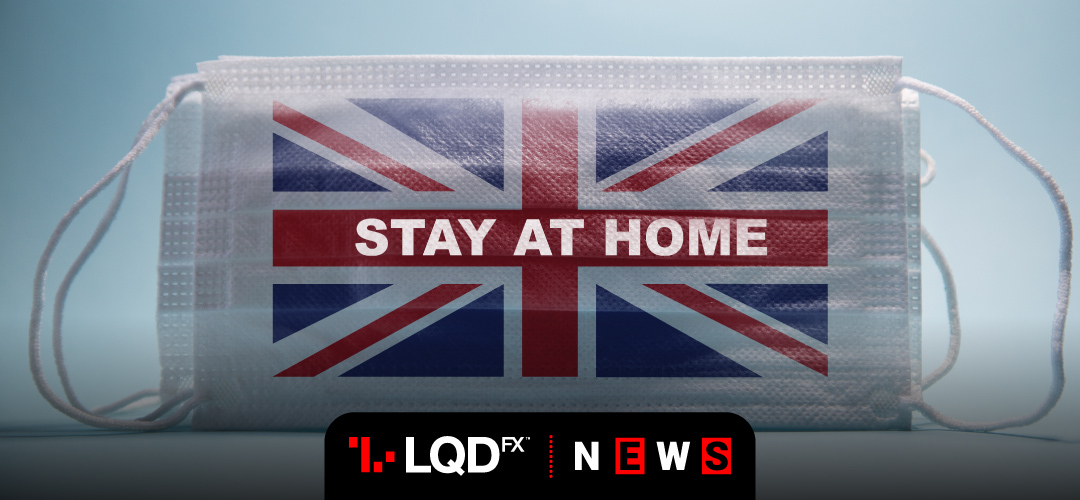Following the trend of all major economies, the UK economy shrank by a quarter in the March-April period as entire sectors remained inactive by the coronavirus lockdown.
The British economy shrank sharply by record 20% in what looks like the bottom of a “catastrophic” crash before recovery. The UK economy shrank by a quarter in April, with the services, industrial and construction sectors suffering record output falls.
The Office for National Statistics said the economy had shrunk back to its size in 2002. The first full month of the coronavirus lockdown triggered an economic crash three times greater than the 2008 financial crisis. The gloomy picture painted by the ONS showed UK’s economy at the outset of the deepest recession in living memory.
The official data for gross domestic product (GDP) from the ONS showed no area of the economy was left unhurt. Air transport shrank by 92.8% in the biggest fall of any sector.
GDP fell 20.4% in April from March, the largest monthly drop on record, being 24.5% smaller than in April 2019. Also, the overall economy contracted by 10.4% in the three months to April as government restrictions dramatically reduced economic activity.
Further, the OECD says Britain could suffer the worst downturn among the countries in the developed world. The forecast for 11.5% contraction this year will exceed falls by France, Italy, Spain and Germany. According to the OECD the country could worsen its situation if it failed to secure a lasting trading agreement with the EU.
Britain left the EU on Jan. 31. Since then the country has made very little headway in talks about a future trade relationship, negotiators have said.
Much of Britain’s retail sector will reopen next week while the BoE will probably announce a fresh increase in its bond-buying firepower.
START TRADINGForex – UK economy follows the trend of “crash”
The shocking record low UK data and Brexit risks continue to weigh on sterling. During the Asian trading session, the Australian dollar and other risk-sensitive currencies gave up ground. But then they recovered and traded higher against the safe-haven greenback. There is more appetite for riskier currencies again.
The oil-sensitive Canadian dollar was last up 0.3% at 1.3585.
The Aussie dollar rose 0.4% to 0.6881, after falling to a 10-day low of 0.6799 in the Asian session.
The euro rose 0.1% to $1.1315 on Friday, as traders stopped cashing in the latest profits. The common currency was not far from the three-month high it climbed earlier in the week.
The sterling strengthened slightly against the dollar, after a disappointing week, as investors returned to risk assets. Sterling traded 0.2% higher versus the dollar at $1.2630 and flat against the euro at 89.59 pence.
Oil prices have turned positive after earlier losses of more than 3%. But they were still on track for their first weekly fall in seven as new U.S. coronavirus cases spiked.
Brent crude added 0.7% to $38.69 a barrel. US crude added 0.3% to $36.45 a barrel.
Spot gold gained 0.3% to $1,732.91 per ounce and has jumped about 2.8% so far this week. This could be its biggest gain since the week of April 10.
PLEASE NOTE The information above is not investment advice.
Sources: Reuters, Investing, CNN money
